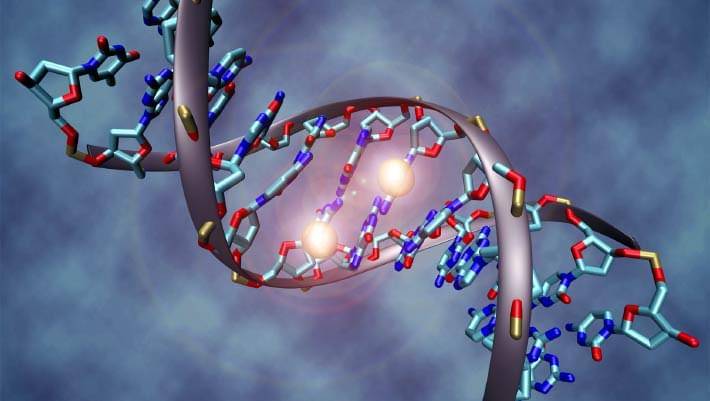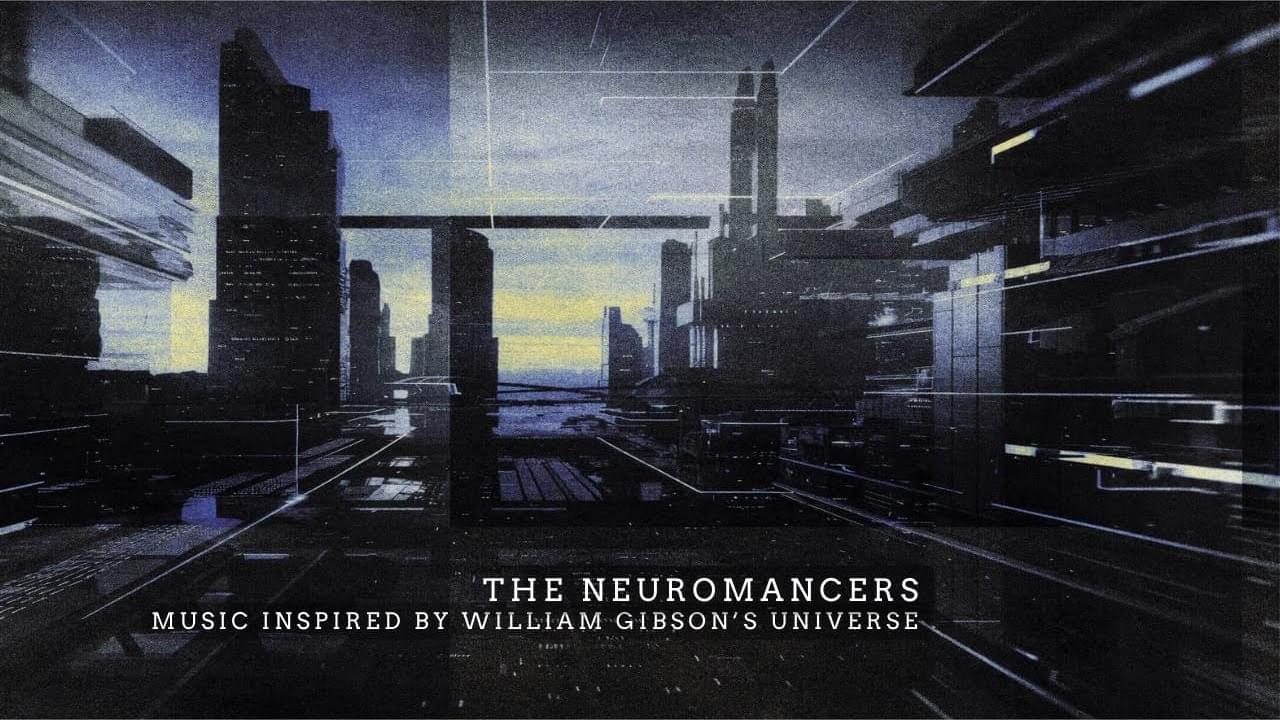Scientists found that sleep plays an active role in transforming how memories are stored. After an immersive experience, participants remembered the order of events better after sleeping, suggesting the brain prioritizes storylines over details during deep sleep.
Nothing is as we thought — Harvard-Smithsonian Astrophysics Center reveals that super-Earths are more common and diverse in the Milky Way than previously thought, according to study OGLE-2016-BLG-0007
Posted in physics, space | Leave a Comment on Nothing is as we thought — Harvard-Smithsonian Astrophysics Center reveals that super-Earths are more common and diverse in the Milky Way than previously thought, according to study OGLE-2016-BLG-0007
Do we know everything about the Milky Way? A team of astronomers has arrived to change everything we know about our universe, and they have found strong evidence that super-Earths (planets larger than Earth but smaller than Neptune) could be much more common than previously thought! They discovered it thanks to a technique called gravitational microlensing. Don’t worry if you don’t understand it, keep reading and we’ll explain everything.
The study was led by scientists from the Harvard-Smithsonian Center for Astrophysics, and it reveals that one in three stars in the Milky Way could have a super-Earth. Isn’t that exciting?
It might sound like something out of an apocalyptic movie, but a supercomputer has predicted the end of the world.
But don’t worry too much because it’s not supposed to happen soon.
According to an April 2025 article in LaGrada, a group of scientists used a supercomputer to “determine that survival on planet Earth will be impossible in about 1 billion years, when conditions become too extreme for life as we know it.”
Distal regulation — the ability to control genes from far away, over many tens of thousands of DNA letters — appeared at the very dawn of animal evolution, between 650 and 700 million years ago — around 150 million years earlier than previously thought.
Intelligence isn’t just knowing the path but understanding how to traverse the landscape of thought.
As director of the MIT BioMicro Center (BMC), Stuart Levine ’97 wholeheartedly embraces the variety of challenges he tackles each day. One of over 50 core facilities providing shared resources across the Institute, the BMC supplies integrated high-throughput genomics, single-cell and spatial transcriptomic analysis, bioinformatics support, and data management to researchers across MIT. The BioMicro Center is part of the Integrated Genomics and Bioinformatics core facility at the Robert A. Swanson (1969) Biotechnology Center.
“Every day is a different day,” Levine says, “there are always new problems, new challenges, and the technology is continuing to move at an incredible pace.” After more than 15 years in the role, Levine is grateful that the breadth of his work allows him to seek solutions for so many scientific problems.
By combining bioinformatics expertise with biotech relationships and a focus on maximizing the impact of the center’s work, Levine brings the broad range of skills required to match the diversity of questions asked by investigators in MIT’s Department of Biology and Koch Institute for Integrative Cancer Research, as well as researchers across MIT’s campus.
While early language models could only process text, contemporary large language models now perform highly diverse tasks on different types of data. For instance, LLMs can understand many languages, generate computer code, solve math problems, or answer questions about images and audio.
MIT researchers probed the inner workings of LLMs to better understand how they process such assorted data, and found evidence that they share some similarities with the human brain.
Neuroscientists believe the human brain has a “semantic hub” in the anterior temporal lobe that integrates semantic information from various modalities, like visual data and tactile inputs. This semantic hub is connected to modality-specific “spokes” that route information to the hub. The MIT researchers found that LLMs use a similar mechanism by abstractly processing data from diverse modalities in a central, generalized way. For instance, a model that has English as its dominant language would rely on English as a central medium to process inputs in Japanese or reason about arithmetic, computer code, etc. Furthermore, the researchers demonstrate that they can intervene in a model’s semantic hub by using text in the model’s dominant language to change its outputs, even when the model is processing data in other languages.
Watching for changes in Mars’ orbit over time could be new way to detect passing dark matter, according to MIT researchers.
MIT Associate Professor Bin Zhang takes a computational approach to studying the 3D structure of the genome: He uses computer simulations and generative AI to understand how a 2-meter-long string of DNA manages to fit inside a cell’s nucleus.
What if with the condition machine super intelligence is possible once one comes into existence it sends von Neumann machines that converts solar systems into computers of like power and intelligence such machines would be factories miles long and they as well would be do the same until the entire galaxy would become an artificially intelligent entity procreating matrioska brains.
Adi Newton’s track from the compilation “The Neuromancers. Music inspired by William Gibson’s universe” published by Unexplained Sounds Group: https://unexplainedsoundsgroup.bandca… dl, cd, book. Music by: Adi Newton, NYORAI, Oubys (Wannes Kolf), Mario Lino Stancati, Joel Gilardini, Tescon Pol, phoanøgramma, Dead Voices On Air, SIGILLUM S, Richard Bégin, André Uhl. Stories by: Stories by: Andrew Coulthard, Chris McAuley, Glynn Owen Barrass, J. Edwin Buja, Michael F. Housel, Paolo L. Bandera, Rusell Smeaton, Scott J. Couturier. The soundtrack of a future in flux As the father of cyberpunk, William Gibson imagined a world where technology and society collide, blurring the boundaries between human and machine, individual and system. His novels, particularly Neuromancer, painted a dystopian future where sprawling megacities pulse with neon, corporations rule from the shadows, and cyberspace serves as both playground and battlefield. In his vision, technology is a tool of empowerment and control, a paradox that resonates deeply in our contemporary world. Gibson’s work has long since transcended literature, becoming a blueprint for how we understand technology’s role in shaping our lives. The term cyberspace, which he coined, feels more real than ever in today’s internet-driven world. We live in a time where virtual spaces are as important as physical ones, where our identities shift between digital avatars and flesh-and-blood selves. The rapid rise of AI, neural interfaces, and virtual reality feels like a prophecy fulfilled — as though we’ve stepped into the pages of a Gibson novel. A SONIC LANDSCAPE OF THE FUTURE The influence of cyberpunk on contemporary music is undeniable. The genre’s aesthetic, with its dark, neon-lit streets and synth-driven soundscapes, has found its way into countless genres, from techno and industrial to synthwave and ambient. Electronic music, in particular, feels like the natural soundtrack of the cyberpunk world — synthetic, futuristic, and often eerie, it evokes the idea of a humanity at the edge of a technological abyss. The cyberpunk universe forces us to confront uncomfortable truths about the way we live today: the increasing corporatization of our world, the erosion of privacy, and the creeping sense that technology is evolving faster than we can control. Though cyberpunk as a literary genre originated in the 1980s, its influence has only grown in the decades since. In music, the cyberpunk ethos is more relevant than ever. Artists today are embracing the tools of technology not just to create new sounds, but to challenge the very definition of music itself. THE FUTURE OF MUSIC IN A CYBERPUNK WORLD Much like Gibson’s writing, the music in this compilation embraces technology not only as a tool but as a medium of expression. It’s no coincidence that many of the artists featured here draw from electronic, industrial, and experimental music scenes—genres that have consistently pushed the boundaries of sound and technology. The contributions of Adi Newton, a pioneering figure in cyberpunk music, along with artists such as Dead Voices On Air, Sigillum S, Tescon Pol, Oubys, Joel Gilardini, phoanøgramma, Richard Bégin, Mario Lino Stancati, Nyorai, Wahn, and André Uhl, each capture unique facets of the cyberpunk universe. Their work spans from the gritty, rebellious underworlds of hackers, to the cold, calculated precision of AI, and the vast, sprawling virtual landscapes where anything is possible—and everything is controlled. These tracks serve as a sonic exploration of Gibson’s vision, translating the technological, dystopian landscapes of his novels into sound. They are both a tribute and a challenge, asking us to reflect on what it means to be human in a world where technology has permeated every corner of our existence. Just as Gibson envisioned a future where humanity and machines converge, the artists in this compilation fuse organic and synthetic sounds, analog and digital techniques, to evoke the tensions of the world he foretold. Curated and mastered by Raffaele Pezzella (Sonologyst). Layout by Matteo Mariano. Cat. Num. USG105. Unexplained Sounds Network labels: https://unexplainedsoundsgroup.bandca… https://eighthtowerrecords.bandcamp.com https://sonologyst.bandcamp.com https://therecognitiontest.bandcamp.com https://zerok.bandcamp.com https://reversealignment.bandcamp.com Magazine and radio (Music, Fiction, Modern Mythologies) / eighthtower Please subscribe the channel to help us to create new music and videos. Great thanks to the patrons and followers for supporting and sustain the creative work we’re doing. Facebook:
/ unexplaineds… Instagram:
/ unexplained… Twitter:
/ sonologyst.









